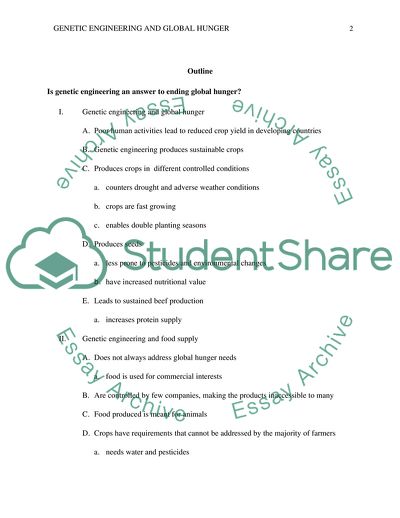Cite this document
(Is Genetic Engineering an Answer to Ending Global Hunger Term Paper, n.d.)
Is Genetic Engineering an Answer to Ending Global Hunger Term Paper. https://studentshare.org/environmental-studies/1767707-sci-207-final-paper-with-out-line
Is Genetic Engineering an Answer to Ending Global Hunger Term Paper. https://studentshare.org/environmental-studies/1767707-sci-207-final-paper-with-out-line
(Is Genetic Engineering an Answer to Ending Global Hunger Term Paper)
Is Genetic Engineering an Answer to Ending Global Hunger Term Paper. https://studentshare.org/environmental-studies/1767707-sci-207-final-paper-with-out-line.
Is Genetic Engineering an Answer to Ending Global Hunger Term Paper. https://studentshare.org/environmental-studies/1767707-sci-207-final-paper-with-out-line.
“Is Genetic Engineering an Answer to Ending Global Hunger Term Paper”. https://studentshare.org/environmental-studies/1767707-sci-207-final-paper-with-out-line.


